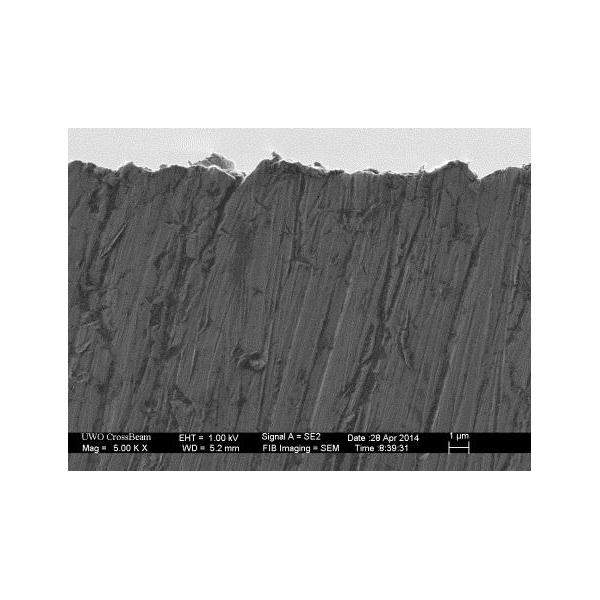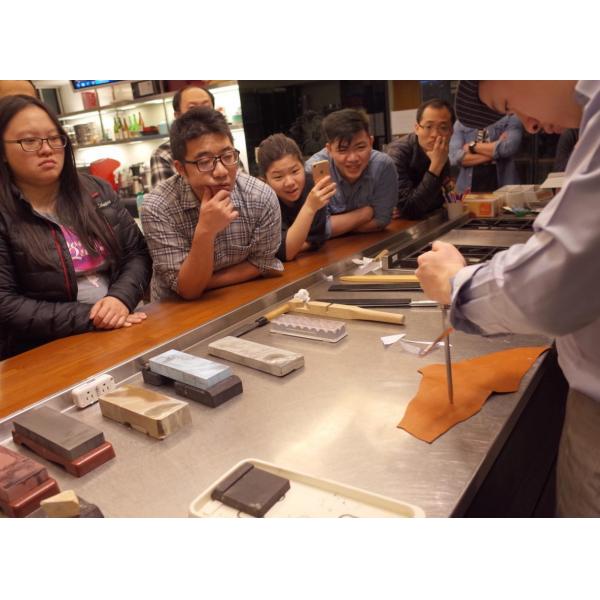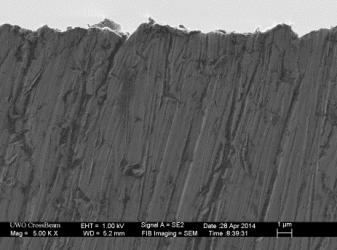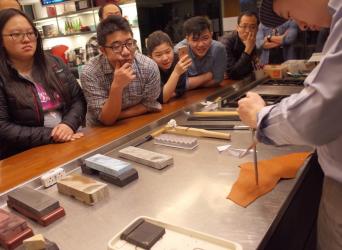Guide to Whetstone: How to Sharpen Knives
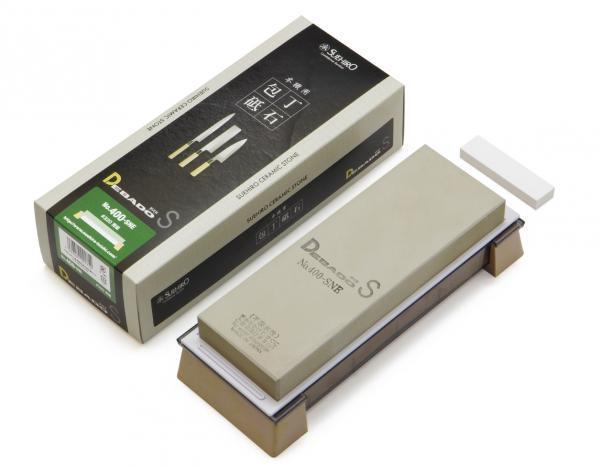
As a chef, there is always a great demand for a great kitchen knife. But no matter how top quality the knife is, there will always be a day when the knife becomes dull. In a chef’s kitchen where efficiency is key, the sharper the tool, the better the food can be prepared. Thus, sharpening a knife is one of the essential skills that should be possessed by chefs.
Before learning how to sharpen knife, you should learn how to pick the right sharpening tools. Generally, this can be divided into sharpening stone (whetstone) and sharpening rod. Then these 2 categories can be further sub-divided to more detailed specifications below:
Sharpening Stone Grit
Grit refers to the unit of surface area of pebbles that line the whetstone. The higher the grit, the more pebbles covering the entire surface of the stone. Conversely, the lower the grit, the less pebbles covering the stone’s surface.
Grit is usually denoted from #400 to #30000. The lower the grit, the coarser the whetstone; and the reverse is true for higher grit #.
So what grit is good for your kitchen knife?
Well, a general rule of thumb is to work the whetstones from lower grit to higher grit. Staring from stones <#1000, you can use the coarser stones to remove the rough knife edges, then proceed to use medium or higher grits (>3000).
However, if you are using your knives to cut frozen food, lower grit stones will suffice. As frozen food is hard, a rougher saw edge on the knife will be easier to cut.
After understanding above general principles, we can then proceed to using different grits for different blade stainless steels. Stainless steel knives tend to have lower carbon content which means lower hardness, so a grit of max #3000-4000 would be appropriate. But usually a double-sided whetstone of #1000/#3000 would suffice. On the other hand, high carbon stainless steel knives are very hard & sharp, so #1000/#6000 double-side whetstone would be appropriate.
Whetstone Types
Artificial stone:
Most stones are either artificially made or man-made, with the latter more prevalent. In technical terms, it can also be broken down into alumina, silicon carbide or boron carbide. All these molecules are very tiny, and to process these materials onto the whetstone require 2 methods:
Resin method – the stones made from this method is also called soft whetstone because the whetstone must be soaked in water first before use. The benefit of soaking is that it will reduce friction during grinding and also helps with forming saw edges on the knife.
Sintering method – If the kitchen knife is too hard for grinding with a soft whetstone, we will need to use this method to make hard whetstones. Because this type of stones has lower contact surface area, it requires training & advanced techniques to use it properly.
Mixed method – This type of stones combines both production method above for dual use.
Natural stones:
Natural stones are found in natural rock formations and grounded to rectangular shape for kitchen knife use. These types of whetstones are prized for its craftsmanship and quality. With the advancement of technology, artificial stone qualities for low & medium grits are often better and more economic than natural stones. Thus, nowadays only higher & fine grit whetstones are of natural origins.
Sharpener Rod
There are 3 general material types: Stainless steel, diamond, ceramics
Stainless steel – These sharpener rods are covered with threads of steel, which is only good for fixing the edge to its sharpness. It is unable to create saw shape.
Ceramics – these types can be medium grind or fine grinds. Because of its hardness, it is suitable for high-carbon kitchen knives.
Diamond – These have large pebble marks that are sintered on. Although these materials will fall off over time, they are also the easiest to sharpen because of its sharpness.
Are you interested in kitchen knives or sharpening accessories? Please contact one of our specialists for more information.
